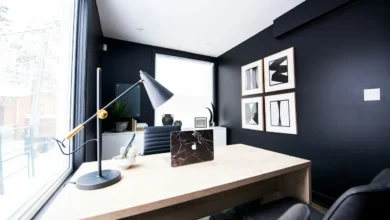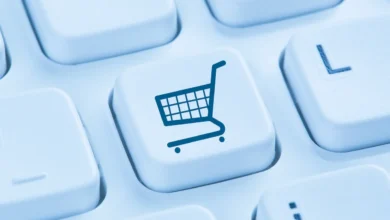A friend of mine is setting up a new business. Like anyone in the same situation, his budget – or lack thereof – is guiding most of his decisions. Coming from a financial background, he’s got the business plan and finance under control, but he came to me for advice on branding and the website.
He sent through an email that said ‘I’ve got the name but haven’t figured out the font yet’. I think you could have heard the alarm bells ringing in my head from a block away. His business is a physical shopfront with an online sales component.
He was planning on designing the logo himself. That same logo would be on his signage, business cards, and website. It would shape the design of his website and marketing collateral. He was starting a new venture by shooting himself in the foot.
I started my reply by telling him that if he had any budget whatsoever to spend, on marketing or branding, that it should be spent working with a professional designer to create a custom logo. I told him that a designer will ask him to profile his ideal customer and create something that speaks to them.
This forced him to sit down and think about exactly who that person is – another vital element to effective web design. Once he had a logo that appealed to his target audience, he could afford to start off with a basic design that continued the branding shaped by his logo.
You might be thinking – shouldn’t your first website has all the bells and whistles? It depends.
While you want to launch with a website that looks professional, starting off with a basic website allows you to work in phases and improve your website according to feedback. You should be participating in social media regardless, which if done correctly, will give you a goldmine of insights into your customer’s wants and needs.
This is good news for your budget and will allow you to create an effective website later based on real data.
For example, it’s one year after launch and I’m in the process of redesigning womeninbusiness.com.au. Throughout the first year, my business plan was a work in progress as I found my ideal customer (and they found me).
Each subscriber to my mailing list identifies themselves by category of business, giving me insights into the type of products and services that would suit them. I’ve designed my product range around this data and identified affiliate products to fill the gaps. I now have the information I need to design a website built for conversion – with laser-sharp clarity on who wants and needs what my business now offers.
The case may be different for you. Say you’ve been operating offline and you’re taking the first steps to get online. You may already know your customer thoroughly. However, I can guarantee you that there will be unforeseen opportunities that present themselves that you’ll want to take advantage of quickly.
Clare Lancaster has been working online since 2001 and owns business consultancy firm dotmarketing.com.au





